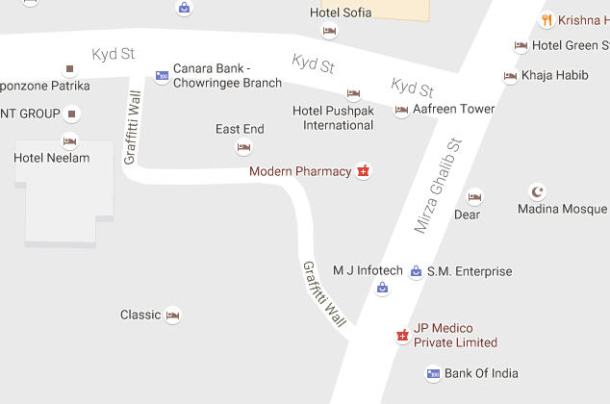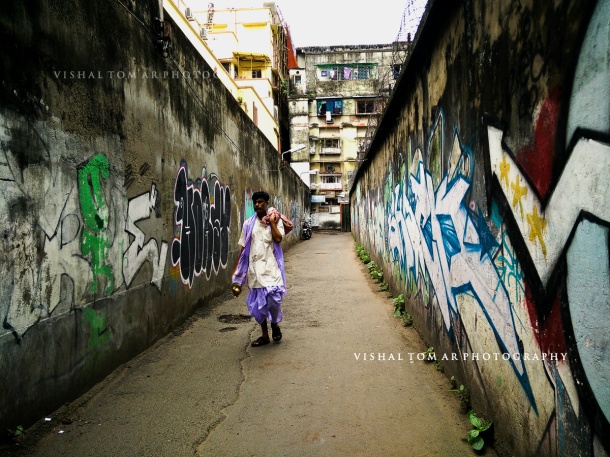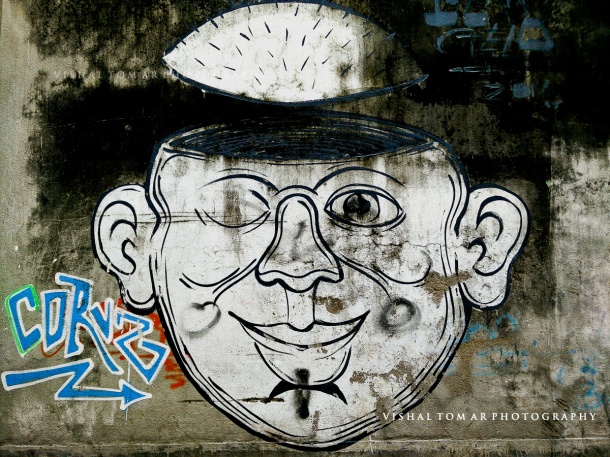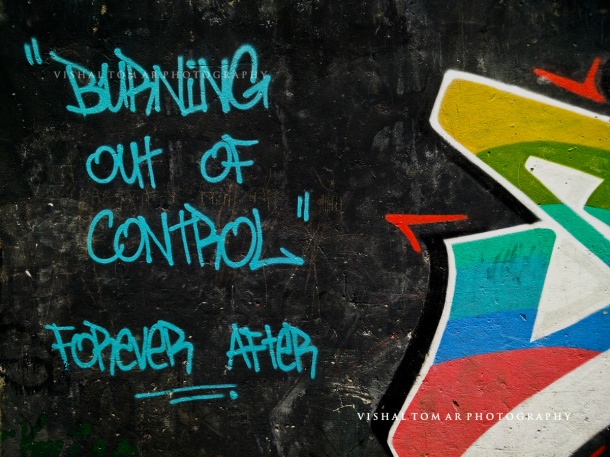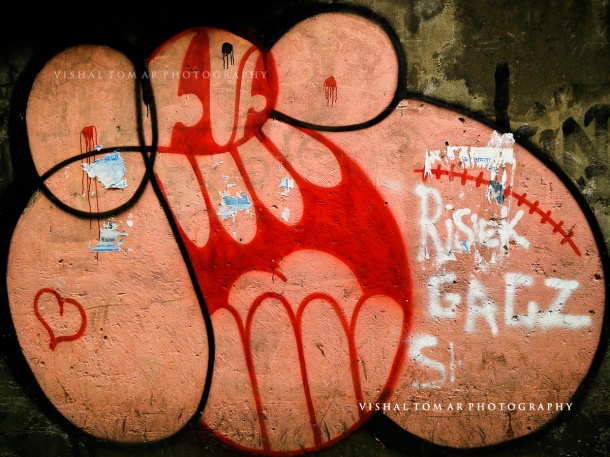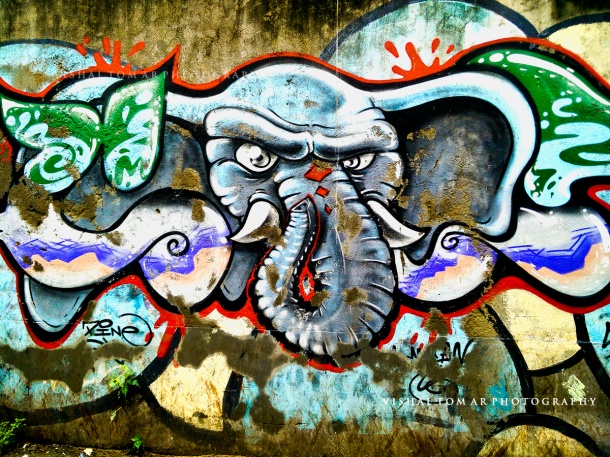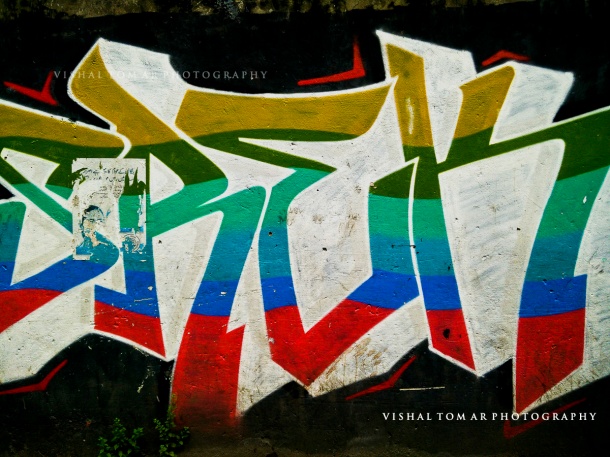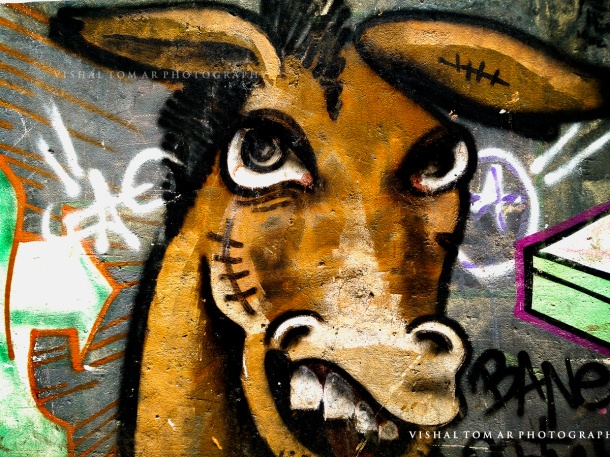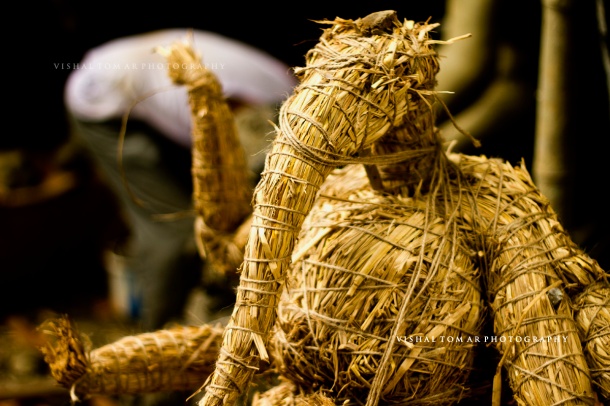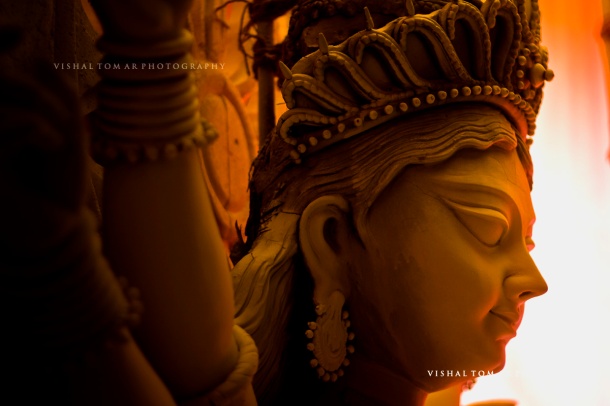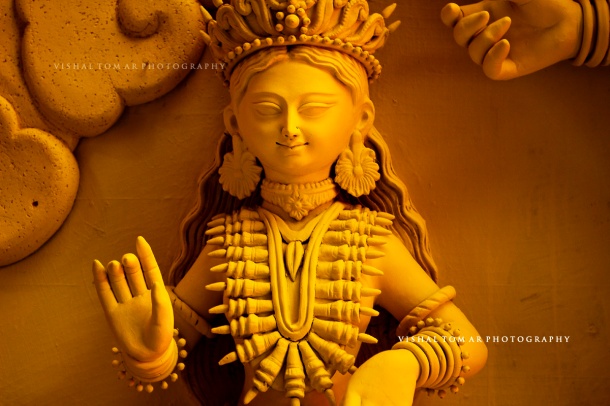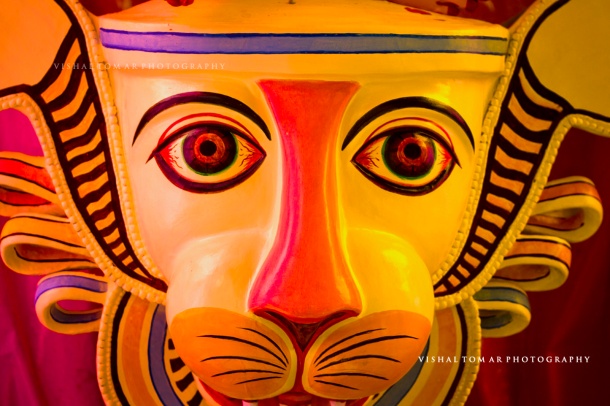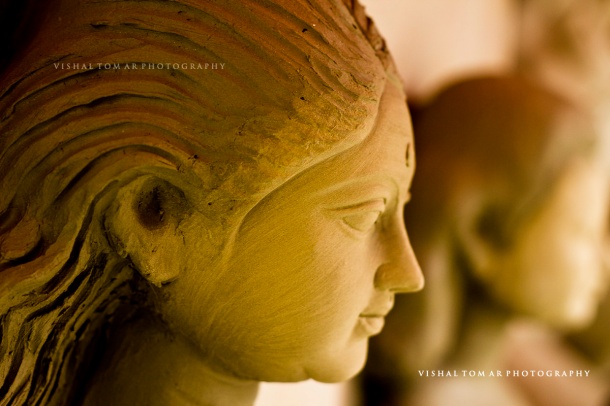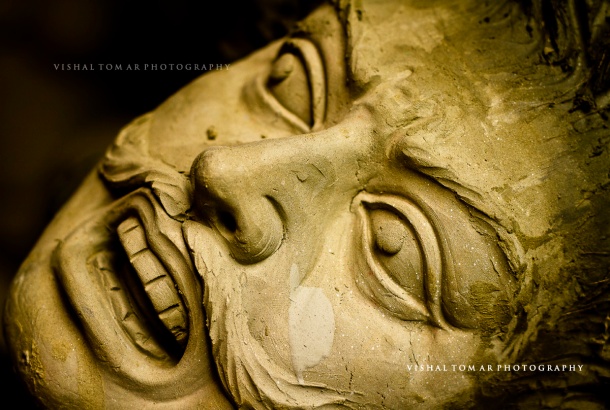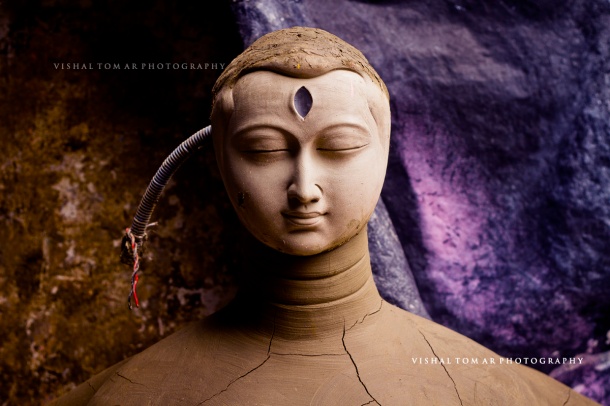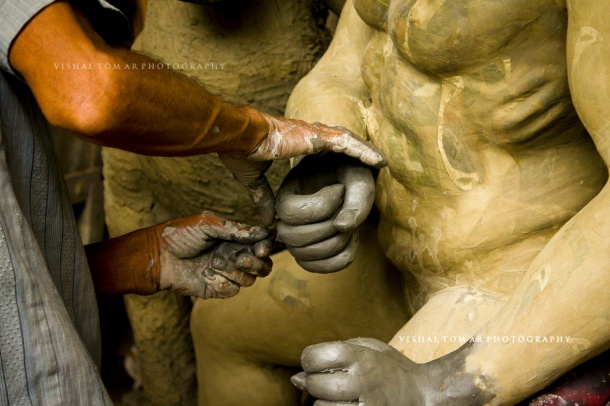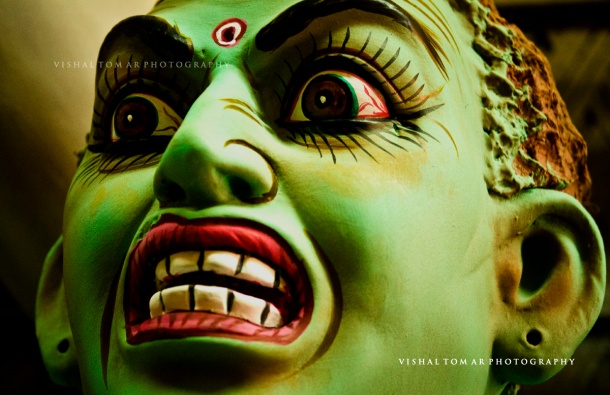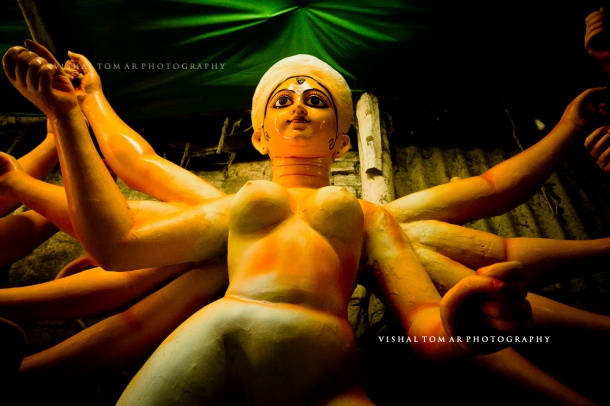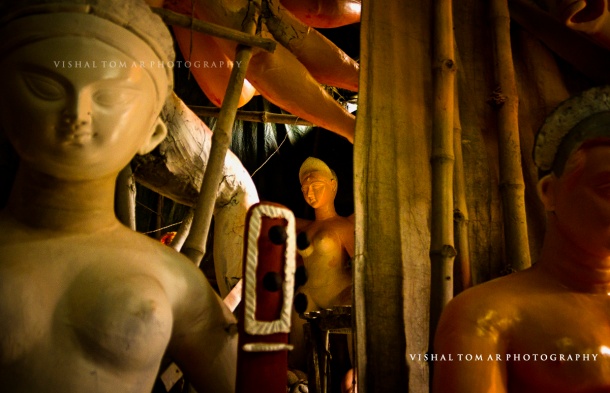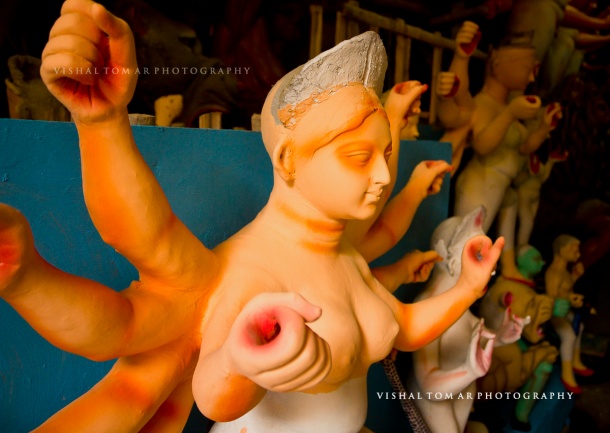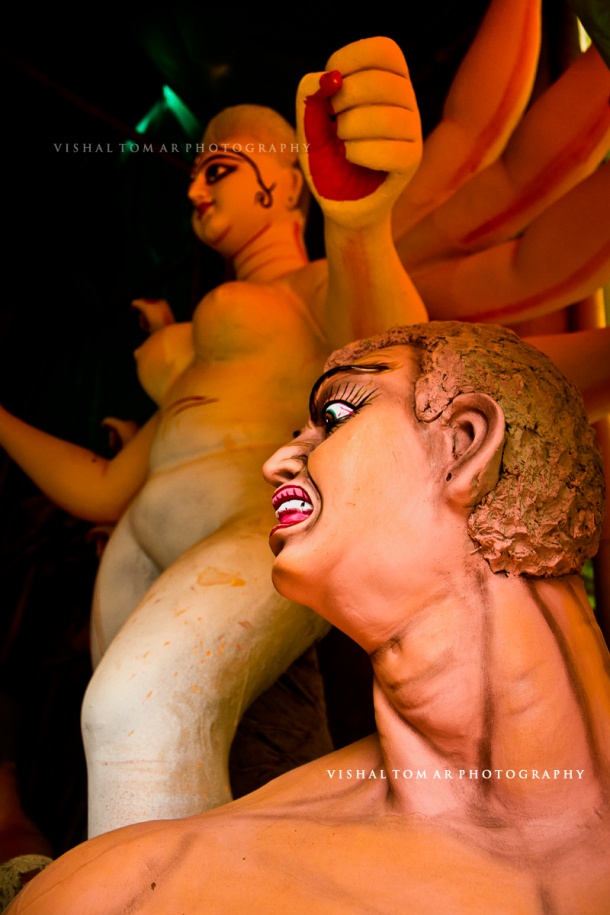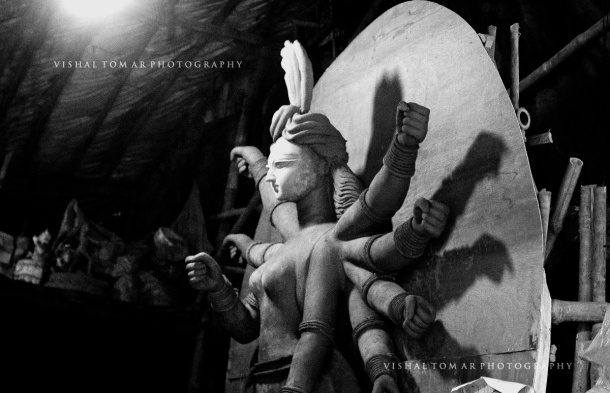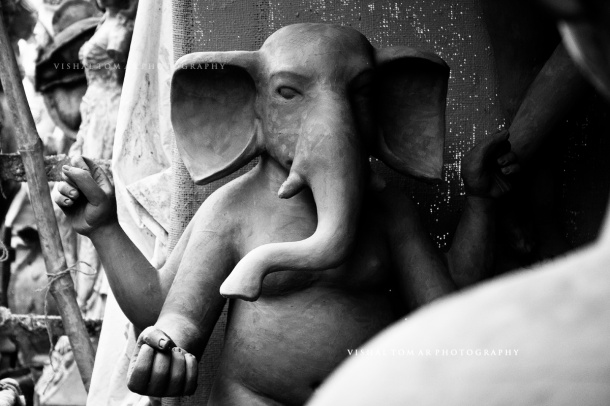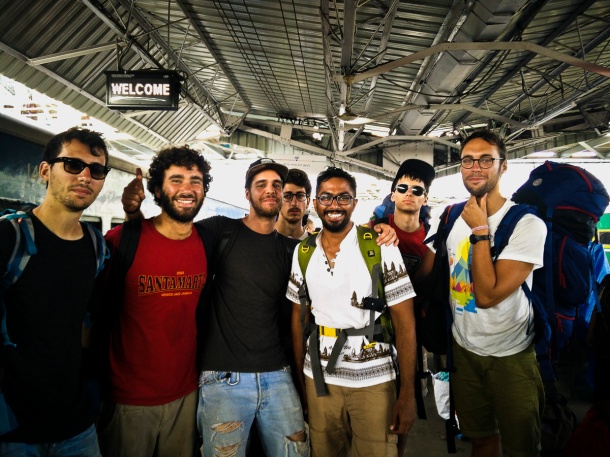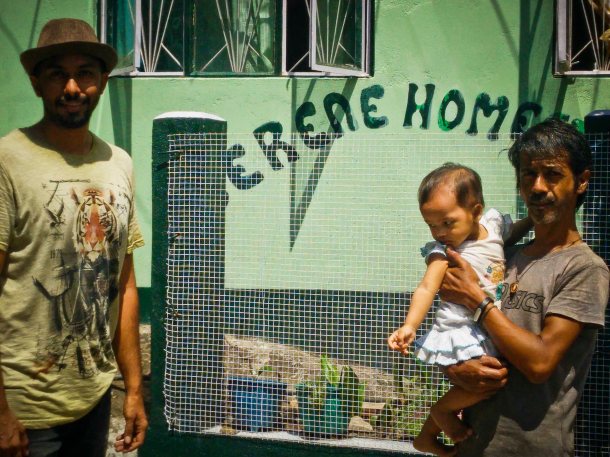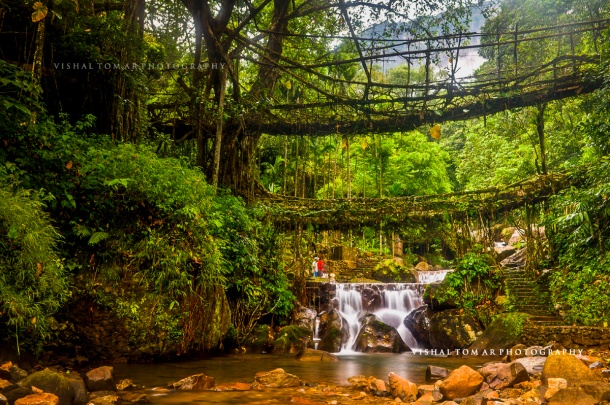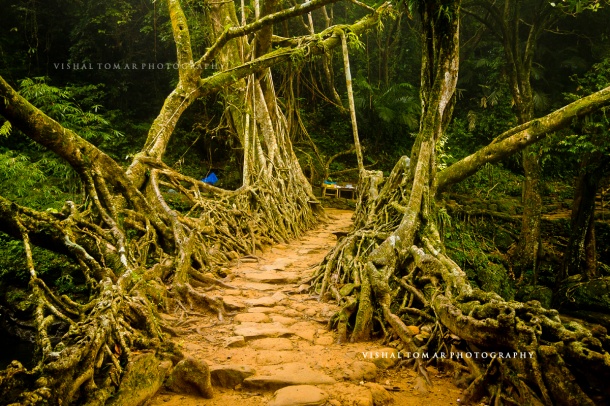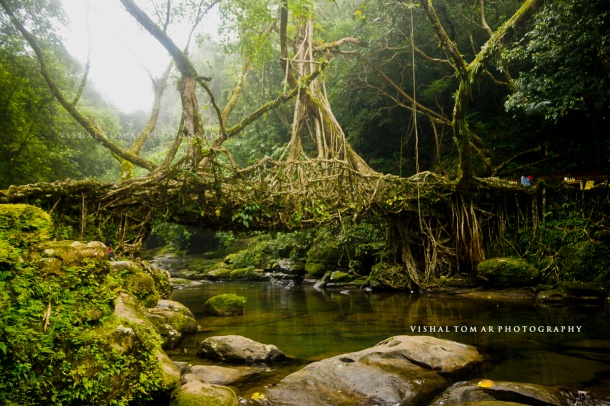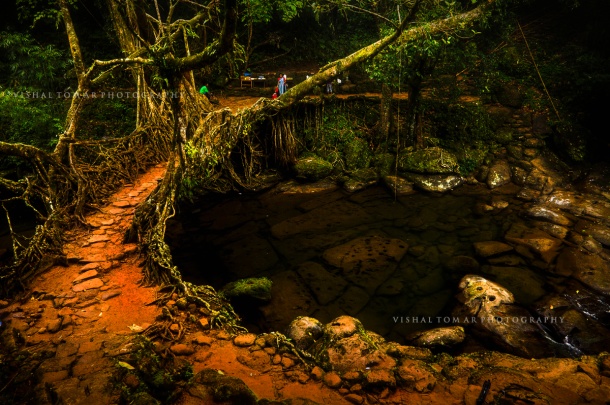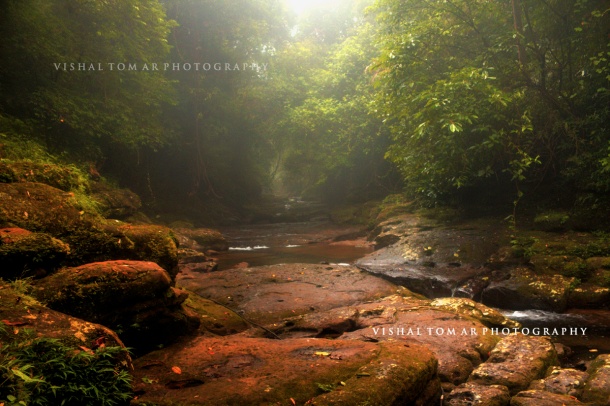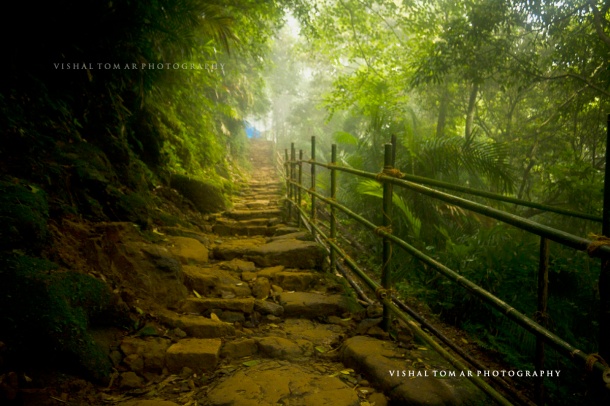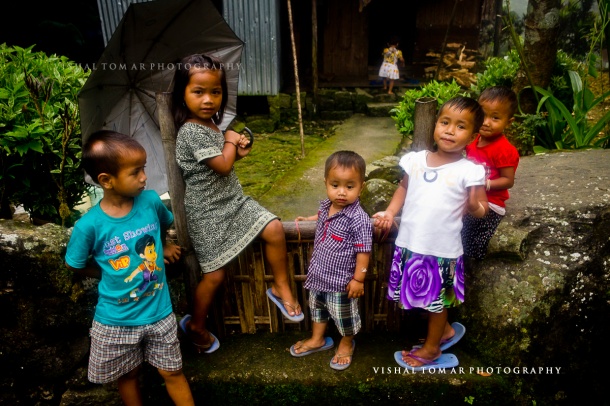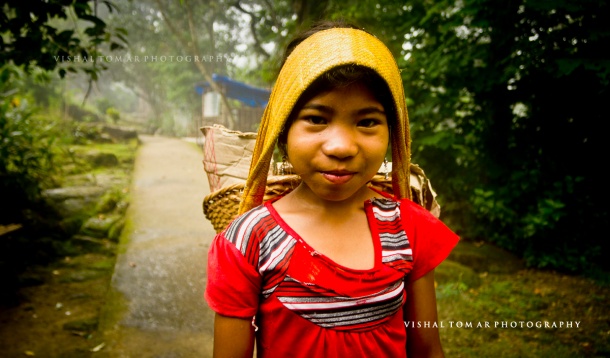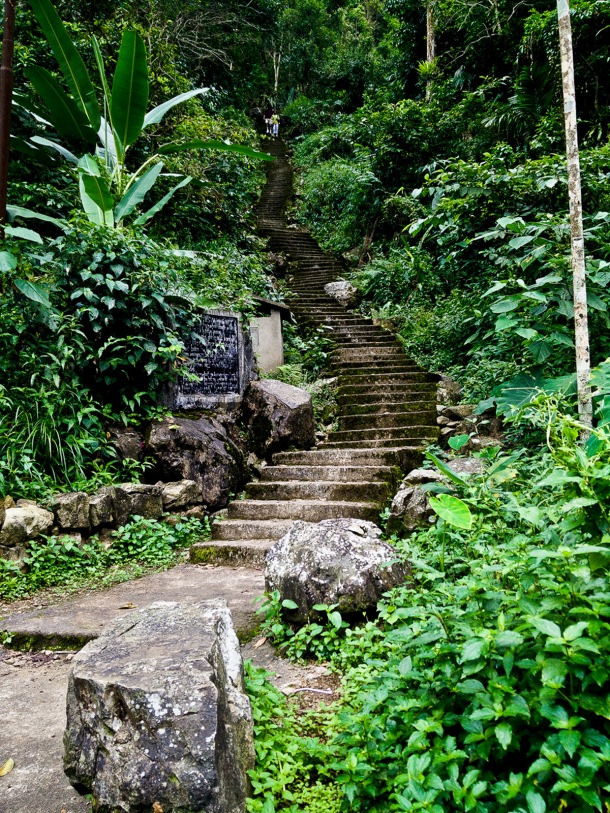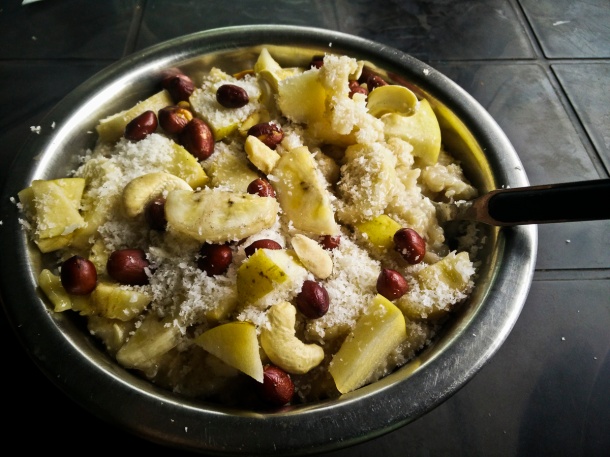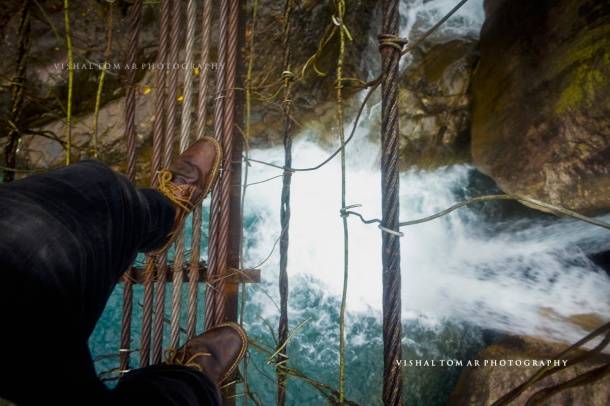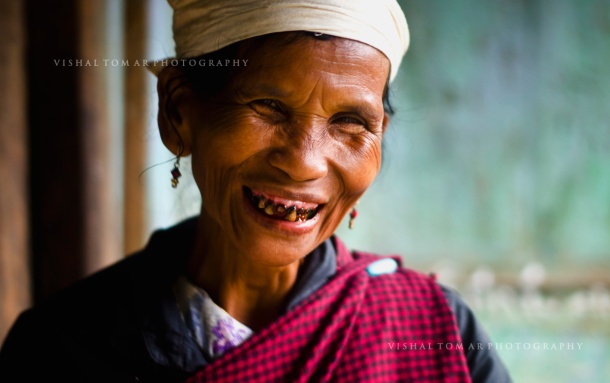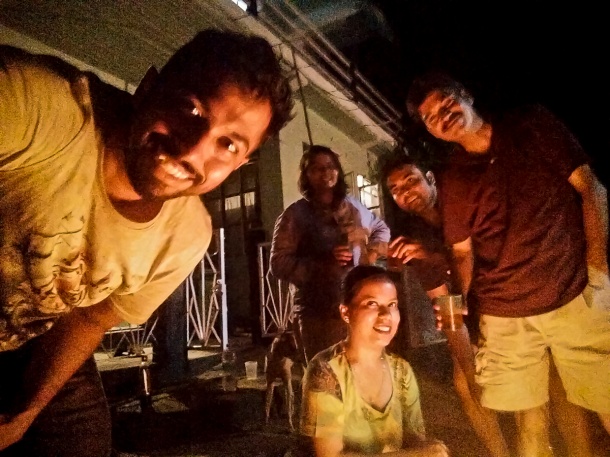Sometimes when I travel, I come across places far flung from the plague of industrialization and concrete shadows. At times, the philosophy of life imbibed in people living here makes me reconsider the meaning of progress, success, culture, values, tradition and civilization.
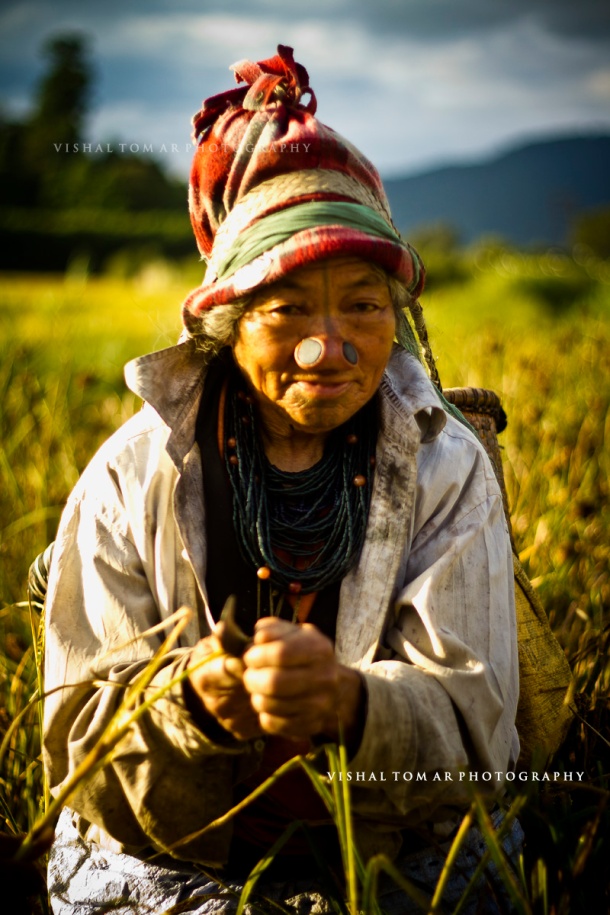
What do you do if you look so stunning that people of the other tribe want to steal you away? Tattoo your face and wear a nose ring, intentionally to look at ugly. Crazy.!
Meet the Apatani tribe.They are a non- nomadic tribe residing in the Ziro valley of Lower Subansiri district of Arunachal Pradesh, India. They worship sun and moon, Donyi-Polo. They cultivate rice and farm fish and frogs.
Social structure.
Hong is the second largest village in Asia, home to the Apatanis, I was told. Yet it felt uncluttered and peaceful to see. It got me curious about the working of the society and how did they maintain order in spite of being so spread out and populated. Speaking to the locals this is what I discovered. The Apaptani tribes are divided into small ‘titles’. Each title, from what I could understand, is like a big joint family. They have their own place of worship. People cannot marry withing the same title, but can freely do so from other titles.
Also, after the indoctrination of Christianity and Hindu ideas into their concept of worship, they have becmome more streamlined with the present day practices.
It is surprisingly forward compared to some communities popularized by mainstream media from mainland India in the light of enmity against inter caste marriages, love violence, etc.

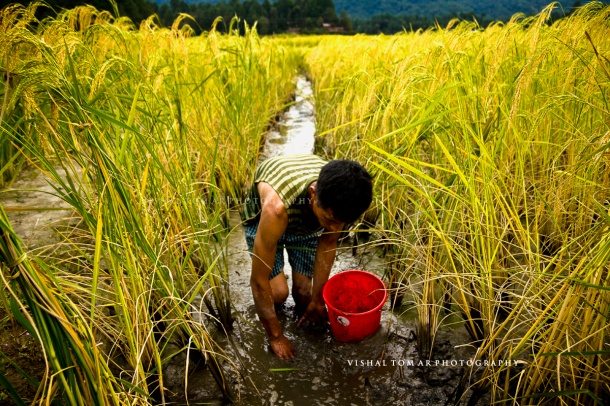
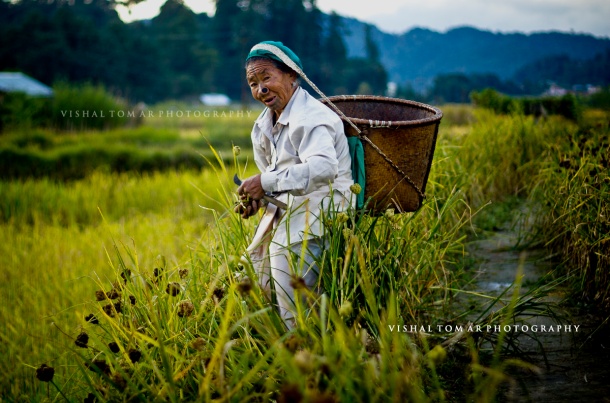
Way of life.
Women hold major stake in everyday life here. They work in farms along side men. Run businesses. Take decisions about property and household alike. It is in complete harmony with the men, unlike many modern societies we come across in cities often.
I was glad to hear that people from Ziro and north east in general feel as Indian as any of us. In fact, the anchor in Ziro Festival of Music, on many occasions would invite people from other states to come down and settle in Ziro, and marry Apaptani women. Way ahead of its time I say.
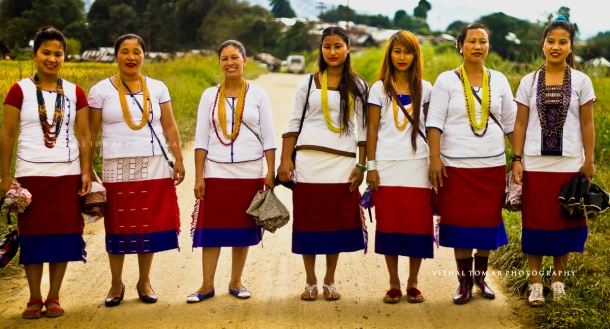
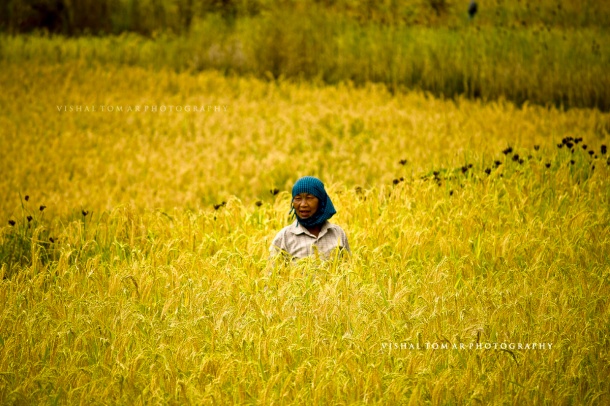
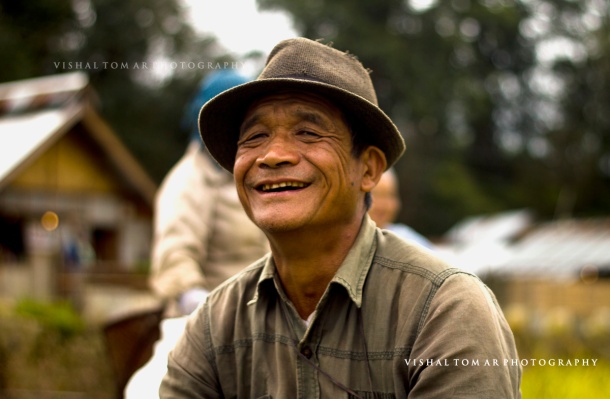
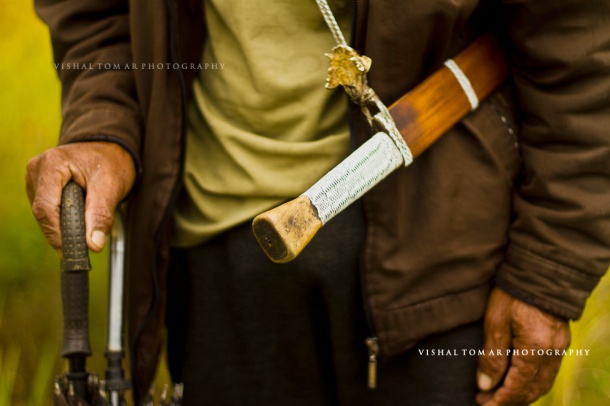
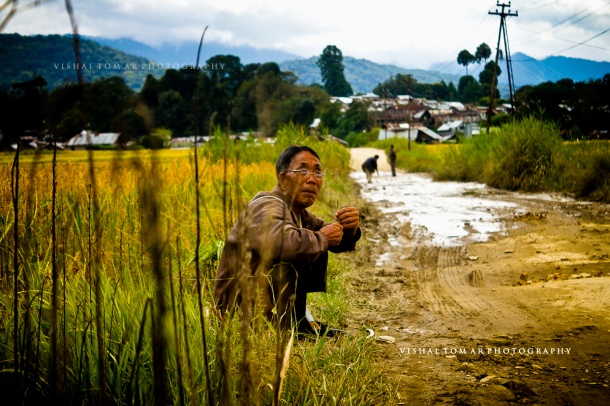
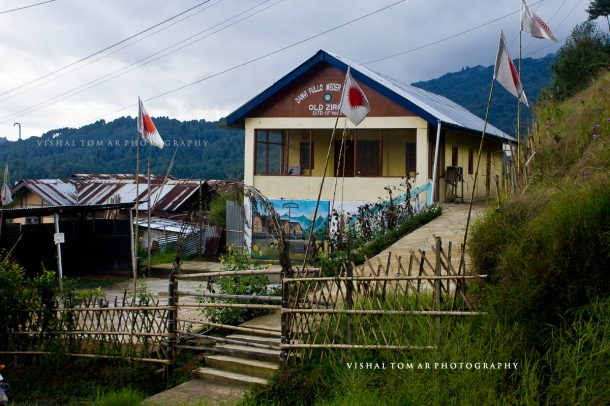
Tribal tattoos.
Amongst other things, tribes, world over are often known for their distinct tattoos. Apatanis are no different. The story goes that women of these tribes were/are so stunning that men form the the tribes would come to teal them. Hence, to intentionally look ugly, women would tattoo their face in T-shape to ward off unwanted attention. Of all the kinds of tattoos, facial tattoos are most intriguing to me. Your face is your identity, and to permanently modify it by tattooing is committing to a belief unconditionally. It means making the idea behind the tattoo a part of your identity.Its not only just tattoos, they also apply nose rings to enhance the ugliness.
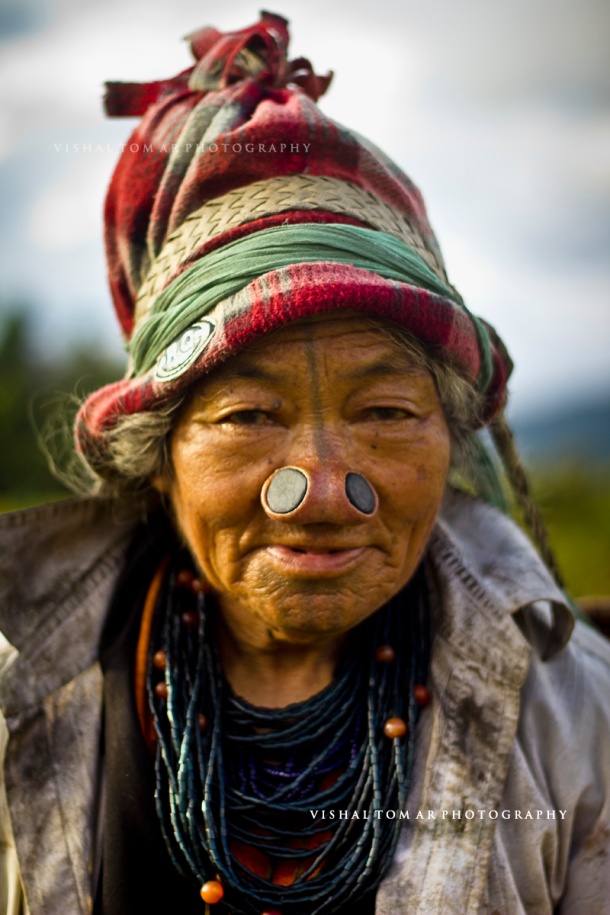
Tattoos and nose rings.
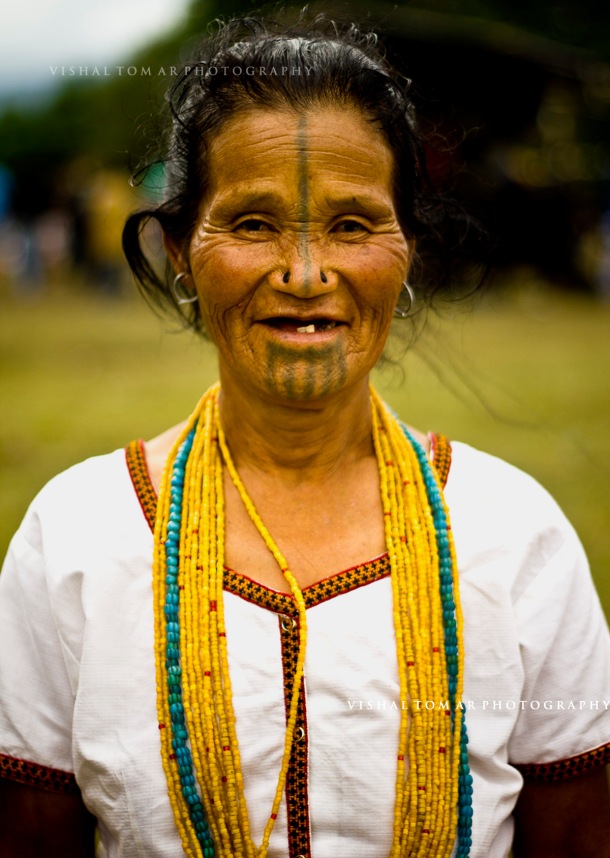
Modern Apaptanis.
The present day generation swiftly switches between traditional and modern practices. They party with as much glamour as they dance to the folk songs. They believe in education. Hong village was full of schools and colleges and many book shops I saw. People are well aware of current affairs of not only their own region but rest of the country as well. They speak Hindi and English well and are able to communicate about their culture and feelings freely.And they love Bollywood and Apong, their local rice beer.
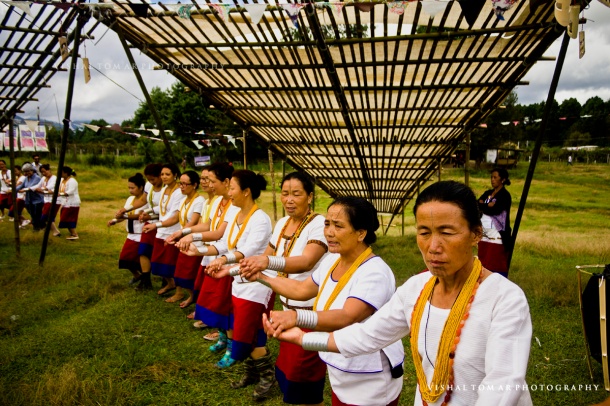

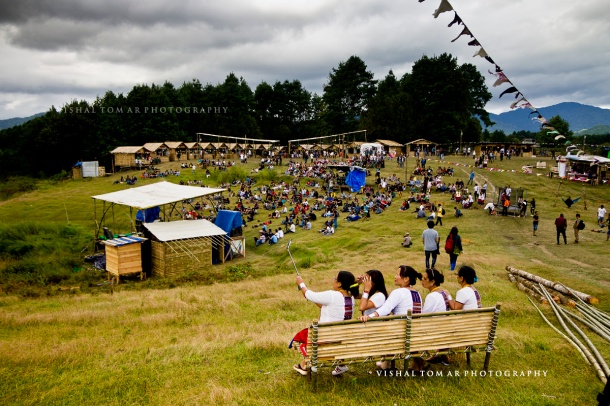
It was a pleasure hanging out with these folks..!
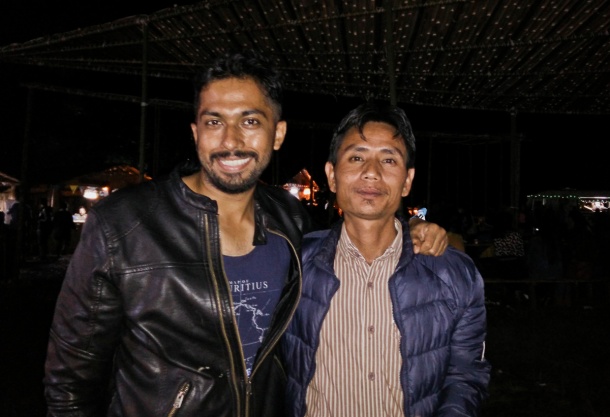
Sarpanch of Hong village, Mr. Tatungnada.
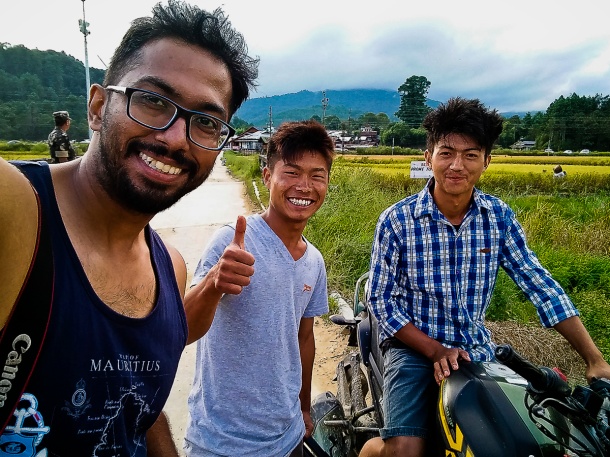
They showed me around the whole village and told me lots of what I have written above.Thanks for the ride guys.!
